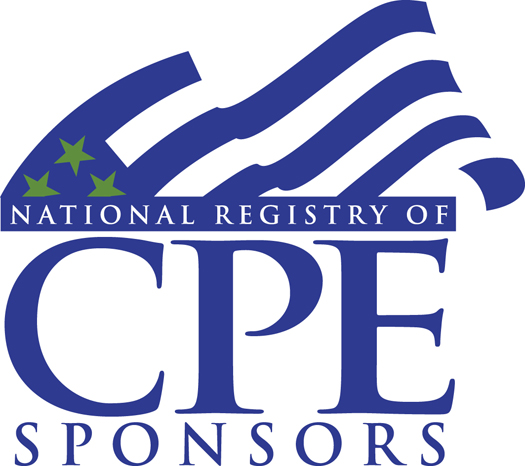
FX Initiative, LLC (Sponsor ID#112915) is registered with the National Association of State Boards of Accountancy (NASBA) as a sponsor of continuing professional education on the National Registry of CPE Sponsors. State boards of accountancy have the final authority on the acceptance of individual courses for CPE credit. Concerns regarding registered sponsors may be submitted to the National Registry of CPE Sponsors through its website: www.nasbaregistry.org